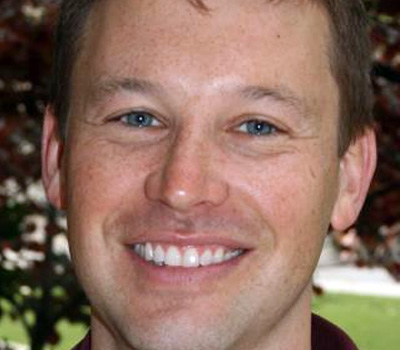Extending the limits of human exploration using drones and 3D imaging
As archaeologists, biologists, ecologists, and oceanographers continue to study the corners of the earth to further understand its mysteries, there are countless mysteries that are still too difficult to explore and understand. These scientists are limited by the nature of the terrain, as it can be dangerous and uninhabitable. Or they are unable to unlock mysteries due to their inability to see things in a new light. These scientists require technology that is at the cusp of realization, but yet to be developed. Once created, this remote sensing technology will create a renaissance in archaeological, ecological, biological, and oceanographical discoveries. Dr. Kastner of UC San Diego is at the forefront of this movement.
Dr. Kastner has created systems that facilitate high-resolution aerial mapping of large areas. Unmanned aerial vehicles with a variety of sensors capture images and other sensor data of large plots of land to understand a variety of questions. This allows us to see through the jungles in Central America to detect undiscovered Mayan ruins; it enables us to better understand how human encroachment of forests and jungles have altered the ecosystem; and it tracks the plight of endangered species across large swathes of time and space.
Dr. Kastner's projects are not limited to terrestrial exploration. His recent deep sea exploration project aims to create an underwater GPS system. Unlike on-land communication, wireless radio frequency signals cannot be transmitted underwater. With IMU technology along with longitude and latitude readings, images can be stitched together to create a 3D map of the ocean.
-
The automated algorithm in the software and can be taught recognition of specific animal species and plant species. This will aid the monitoring of invasive species and deforestation of endangered plant life.
-
Picture stitching allows thousands of images to be sewn together and produce high-resolution images of plant and animal life.
-
Non-invasive methods of exploration that does not harm species or the environment allows for researchers to control and inspect remote terrain.
-
Current technologies include: Aerial Camera Platform, Airborne Radio Collar Tracker, Condor Video Camera, CoralCam, Intelligent Camera Trap, Multirotor Aerial Vehicles, Autonomous Underwater Vehicles, and Terrestrial Vehicles.
-
These are in collaboration with scientists from around the world. The technologies are being developed to monitor whale sharks in the Coral Triangle, understand the behaviors of the Tamaraw - an endangered dwarf buffalo in the Philippines, develop a solution to save the Vaquita - the world's most endangered species residing in the northern part of the Gulf of California, Mexico, create 3D maps of shipwrecks in the Caribbean, Pacific, and Lake Tahoe, and better understand the Mayan culture through advanced imaging of temples and structures in Guatemala.
Dr. Kastner's pioneering research combines state-of-the-art software, and hardware into novel system that create modalities of sensing so that we can understand how nature and animals are behaving over time. With a better understanding of nature and its species we can preserve our environment and reduce costs of data retrieval.
Bio
Ryan is currently a professor in the Department of Computer Science and Engineering at the University of California, San Diego. He is the co-director of the Wireless Embedded Systems Master of Advanced Studies Program. He also co-directs the Engineers for Exploration Program.
Engineers For Exploration is a group of students, over 50 undergraduates and graduate students, who develop and use technology to drive the future of exploration. Projects span aquatic, terrestrial, and aerial environments, opening new perspectives of the planet. The group is engineering solutions that extend beyond engineering itself. Through cross-disciplinary science and engineering, Engineers for Exploration students examine the limits of human exploration with remote imaging and sensing technology. With collaborators in archaeology and ecology, the students apply technology to extend the scope of human knowledge.
Ryan is dedicated to exposing undergraduates to real-world research problems and providing them with an understanding of what life as a graduate student entails. He came from humble beginnings. He was a first generation college student who split his young life between Western Pennsylvania and Northern Ohio. He barely understood what a professor was when he started college, but was given a great opportunity as an undergraduate to work on research. He strives to provide this same opportunity to every undergraduate at University of California, San Diego.
In the News
San Diego Union Tribune
Publications
Videos
Awards
Cornell Cup
Honored Ryan Kastner's Team FANGS


